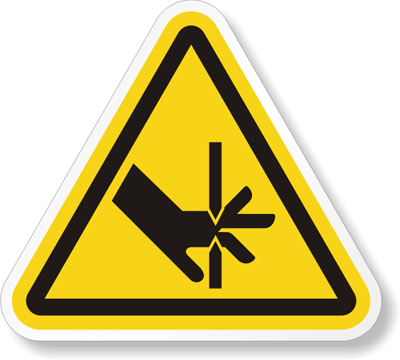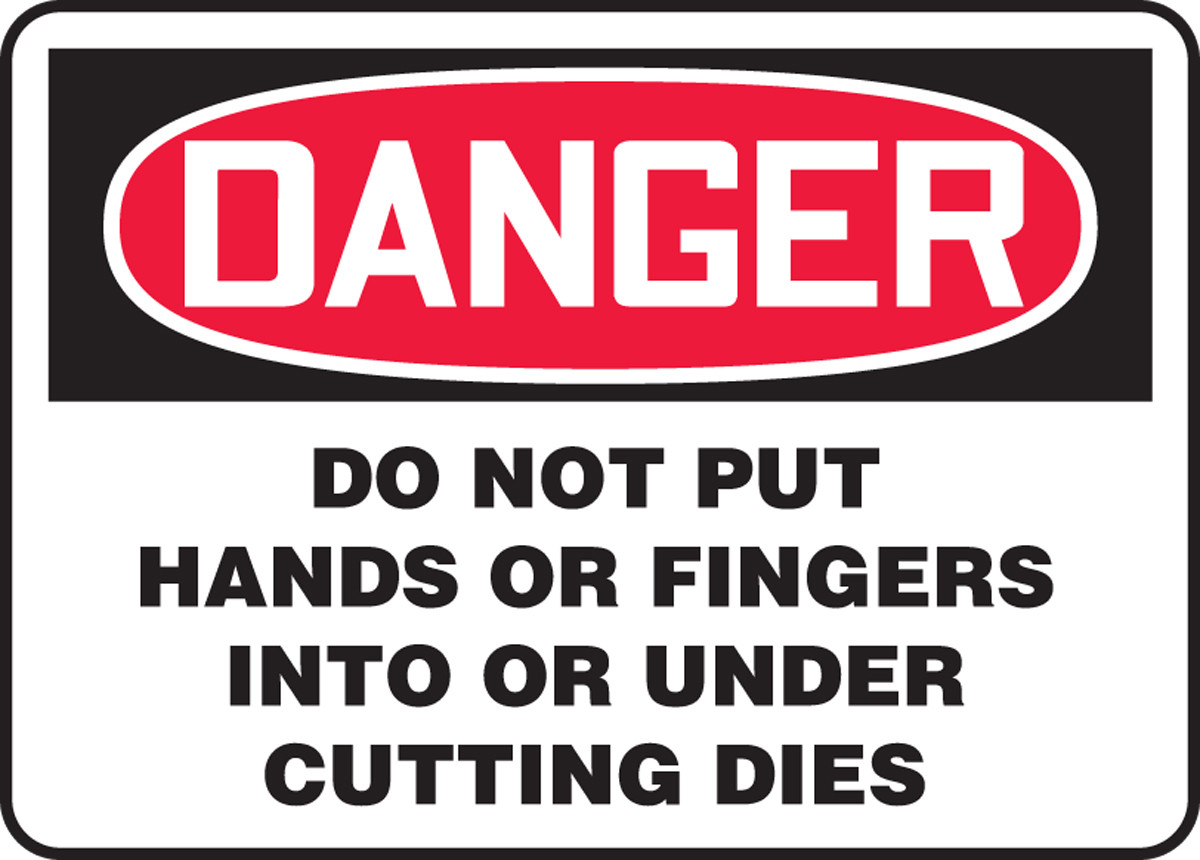

Gloves which are too tight tend to cause fatigue, while gloves which are too loose will have loose finger ends which make work more difficult. Gloves longer than 14 inches provide extra protection against splash or immersion.

Thinner, lighter gloves offer better touch sensitivity and flexibility, but may provide shorter breakthrough times. A 10-gauge glove is equivalent to 10 mils or 0.01 inches. Glove thickness, usually measured in mils or gauge, is another consideration.In some cases, such as when wearing Silver Shield gloves, it may be possible to wear a tight-fitting glove over the loose glove to increase the overall dexterity. Dexterity: Where fine dexterity is needed, consider double gloving with a less compatible material, immediately removing and replacing the outer glove if there are any signs of contamination.In some cases, particularly when working with delicate objects where fine dexterity is crucial, a bulky glove may actually be more of a hazard. The amount of dexterity needed to perform a particular manipulation must be weighed against the glove material recommended for maximum chemical resistance. There are several factors besides glove material to consider when selecting the appropriate glove. For more information on chemical resistant glove selection, see PPE for Chemical Hazards or the Safety Data Sheet for a particular substance. The following table includes major glove types and their general uses. Chemical and liquid resistant gloves: When working with chemicals with a high acute toxicity, working with corrosive materials in high concentrations, handling chemicals for extended periods of time or immersing all or part of a hand into a chemical, the appropriate glove material should be selected, based on chemical compatibility.For more information on insulating rubber gloves for electrical work, see Electrical Safety Protective Methods Insulating rubber gloves: These gloves are used for protection against electrical hazards.They generally protect against dirt, chafing and abrasions. Fabric and Coated Fabric Gloves: These types of gloves are made of cotton or other fabric.Leather, Canvas or Metal Mesh Gloves: These types of gloves protect against cuts, burns and punctures.In general, gloves fall into the following four categories: The variety of potential occupational hand injuries makes selecting the right pair of gloves challenging. The nature of the hazard and the operation involved will affect the selection of gloves. There are many types of gloves available today to protect against a wide variety of hazards. Protective equipment includes gloves, finger guards and arm coverings.
#Danger sign cut fingers skin#
Potential hazards to hands and arms include skin absorption of harmful substances, chemical or thermal burns, electrical dangers, bruises, abrasions, cuts, punctures, fractures or amputations.


 0 kommentar(er)
0 kommentar(er)
